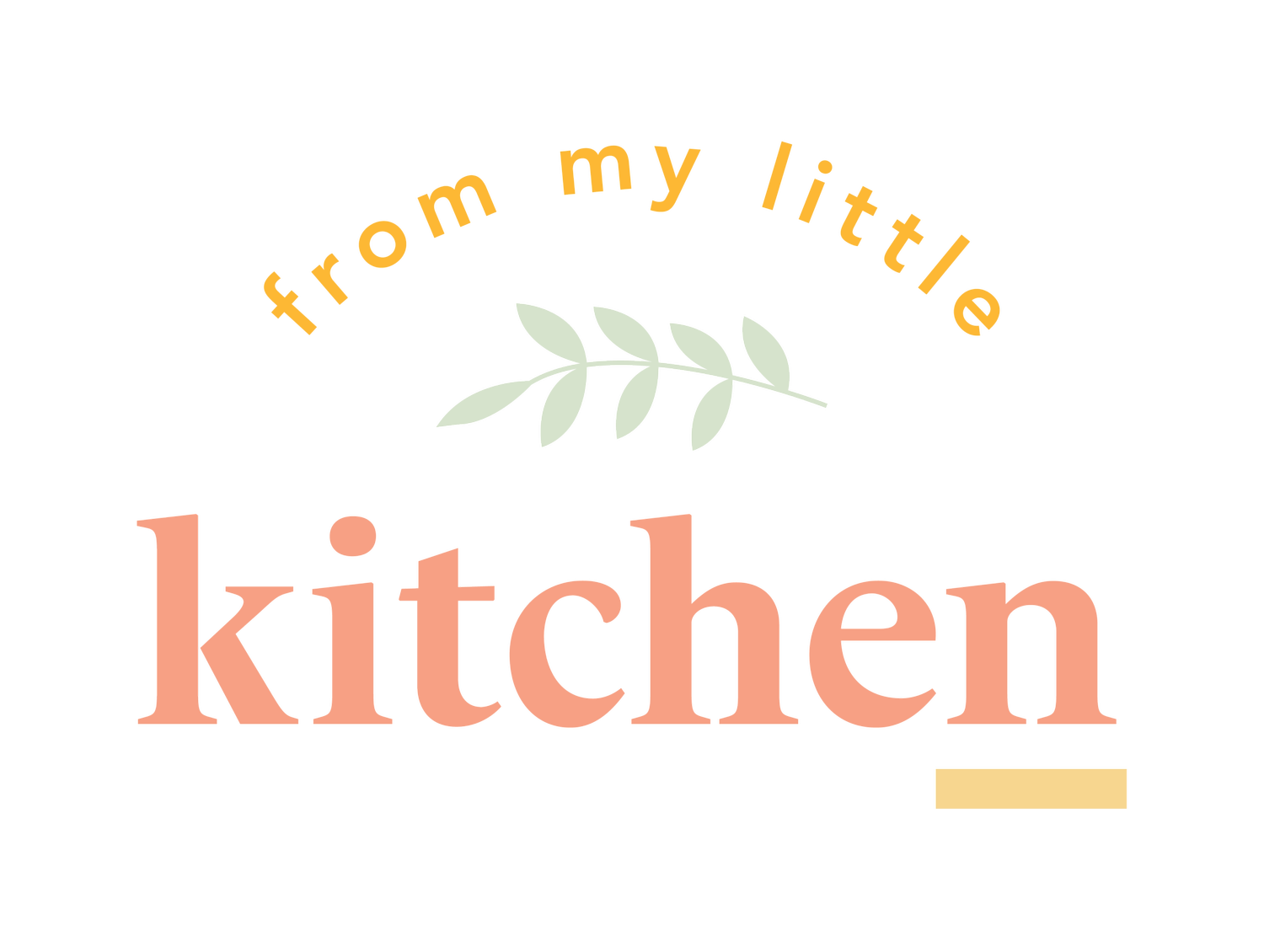Introducing the Health Star Rating System
If you live here in Australia, you've probably seen packaged products at the supermarkets begin to show a star rating in the bottom corner of the packet. On some packets, there may also be a small depiction of the energy, sugar, salt and saturated fat content next to the star as well. Today I'm sharing with you a little introduction about the Health Star Rating system and why it's being introduced and used, how it has been developed and who actually provided the information for the system.
As a Nutritionist, I get really excited when there are initiatives taken on a nationwide level to make healthy eating easier for everyday people. Currently in Australia we have one of the highest rates of obesity with 63% of adults being overweight or obese and one in four children are overweight or obese, so you can see why it's important to keep the conversation rolling about healthy cooking and eating (Australian Health Survey, 2013).
Now I know that some of you may be thinking, 'but I don't buy packaged food from the supermarket', 'I try to cook everything from scratch' or 'I already know what products are healthy and what ones are not' but the reality is that for most everyday Australians, choosing a healthy product such as a breakfast cereal in an aisle filled to the brim with options is really daunting and scary when they may have little to no nutrition education or simply don’t know what is good for them. The Health Star Rating is a standardised system which makes it much easier and clearer to decipher which product is healthier by the number of stars it has; products with more stars are healthier than similar products with fewer stars.
The system was developed by the Australian, state and territory governments along with public health, consumer and industry groups. You can check out the full list here. It was funded by the federal, state and territory governments and is currently being implemented by food brands on a voluntary basis. However, if you pop into your local supermarket, you'll see that loads of products have added it to their packaging already!
As you may know, when it comes to food, Nutritionists, Dietitians and food scientists play an important role in calculating and delivering correct and reliable information to us in an easy-to-understand way that is based on the latest evidence and research. The Health Star Rating is no different! Along with Food Standards Australia New Zealand and other technical experts, an algorithm has been developed to assess the positive and risk nutrients in foods. This algorithm is available online in the form of the Health Star Rating Calculator that companies to use to calculate their food’s Health Star Rating.
So now that you have a little intro into the Health Star Rating system, you can whip up my super easy brekky using one of my favourite combinations of healthy ingredients.
Mix together 1/2 cup rolled oats (5 stars), 1/2 cup low fat natural yoghurt (4 stars), 1/2 cup soy milk (5 stars) and 1 teaspoon of chia seeds (5 stars). Keep it in the fridge overnight and top with fresh fruit to serve. SO YUM!
Stay tuned as I share some more quick, easy and healthy recipes over the next few weeks in partnership with Health Star Rating so you guys that struggle cooking from scratch have some delicious and wholesome options too!
This post is in partnership with Health Star Rating and you can read more about the system here -http://bit.ly/2kYbaEK
References
Australian Health Survey (2013). Retrieved from http://www.abs.gov.au/ausstats/abs@.nsf/mf/4364.0.55.003



